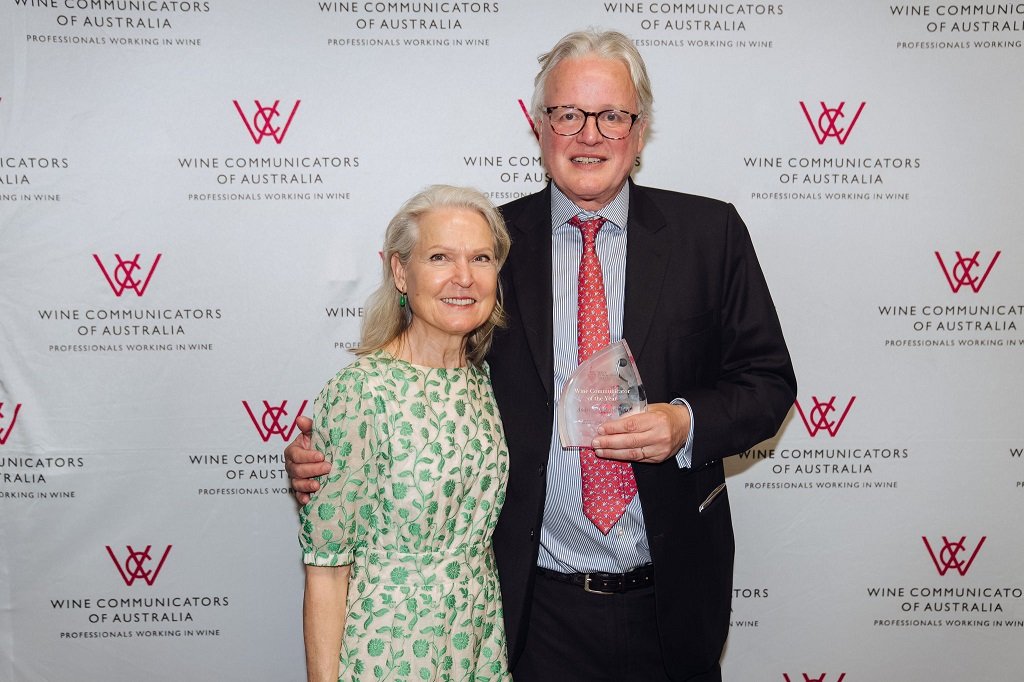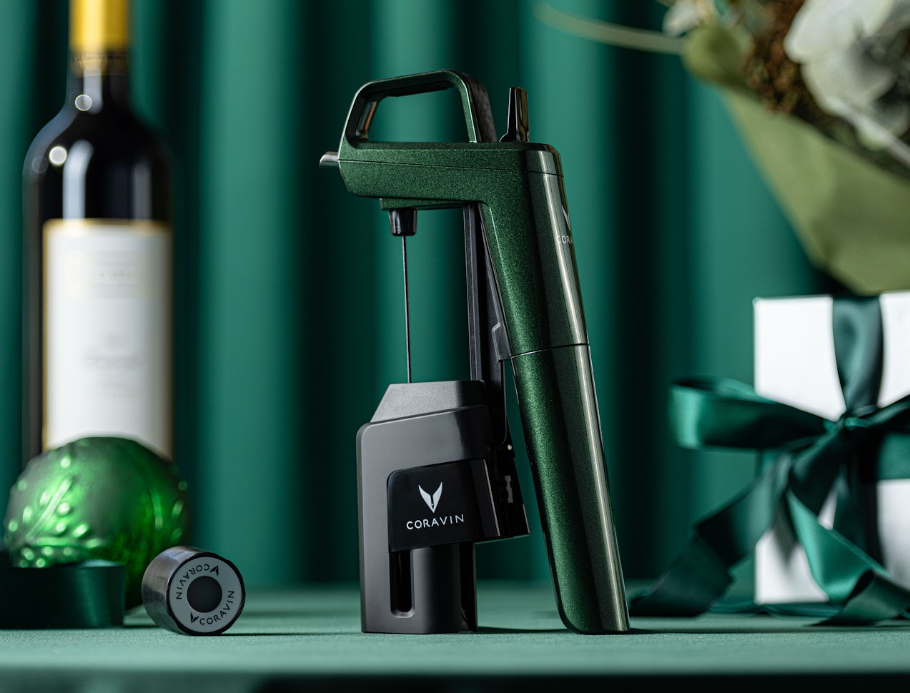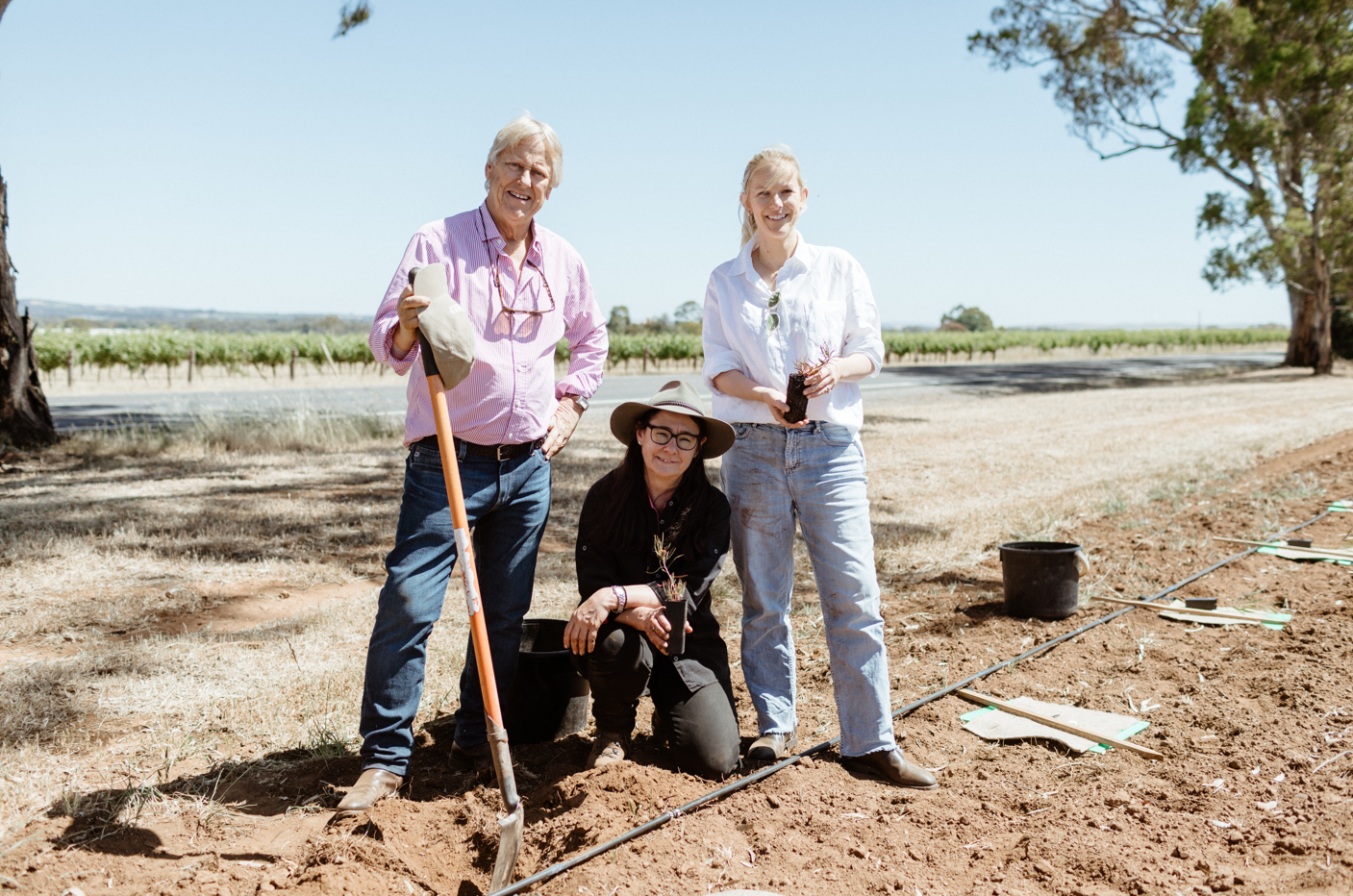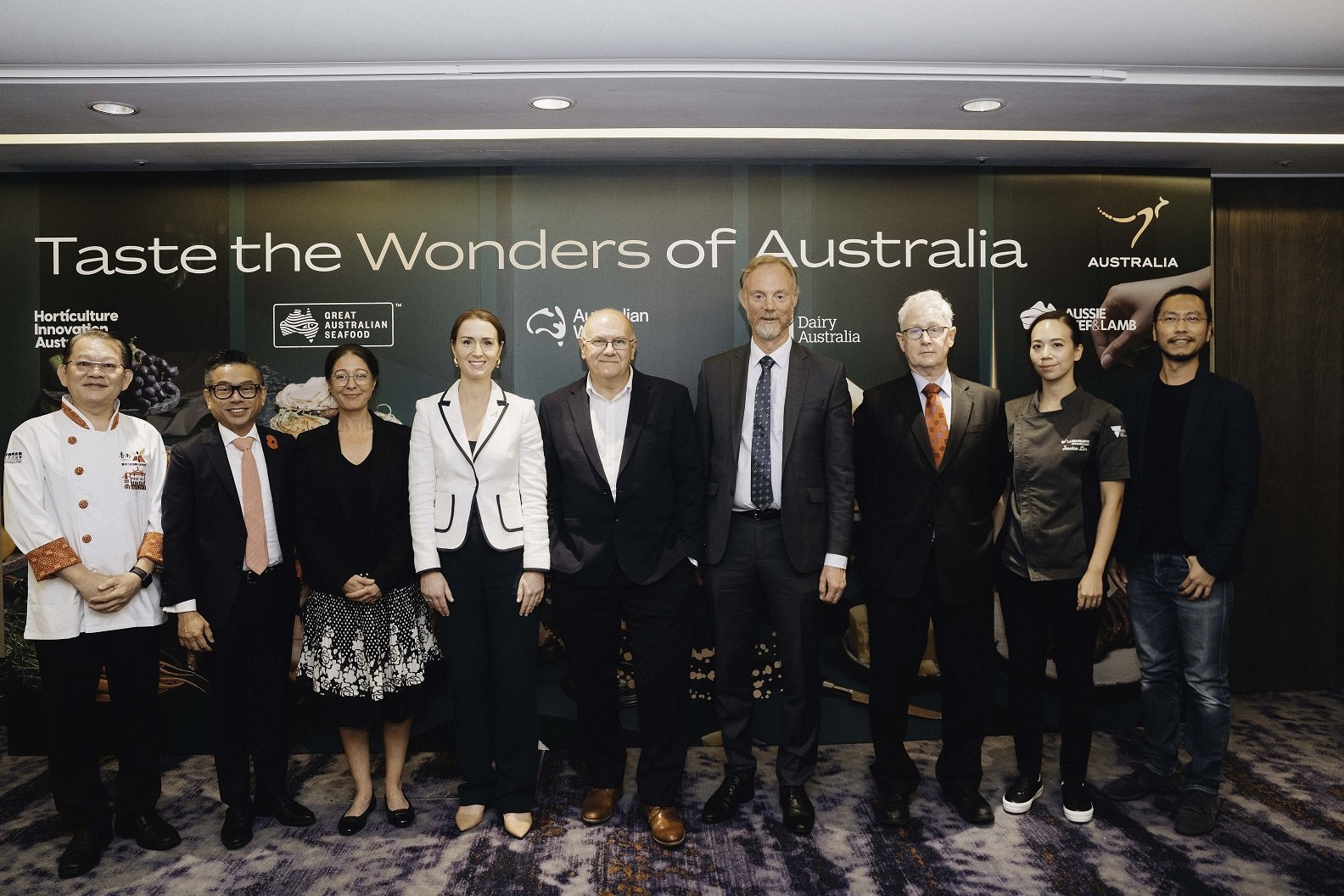2018 has been the year of Rosé, Grenache and Prosecco ... so what can retailers expect to fly off the shelves in 2019?
Cellarmasters Head of Wine Joe Armstrong has revealed what he sees happening in the world of wine in the New Year.
Interactive labels
Treasury Wine Estates kicked off the trend for augmented reality wine labels, which feature on brands including 19 Crimes and Lindeman’s Gentleman’s Collection.
The unique use of AR technology has helped drive double digit growth for the 19 Crimes brand in the US, growing it to a 1.5 million case brand.
“Recently, we’ve seen labels with augmented reality that come to life and bottles with adult colouring-in labels," said Armstrong. "Watch this space, we will see more brands coming up with creative, interactive labels.”
Cava’s the new Prosecco
Although Prosecco remains hugely popular, sales of Cava in Australia are on the rise.
The Spanish sparkling wine is similar to Champagne in both production and flavour, but much more affordable at around $15 per bottle.
“Our palates are getting fatigued with Prosecco’s fruit-forwardness, so Cava’s dry and biscuity characters are welcome flavours,” Armstrong said.
Similarly, French vignerons are hoping Aussies will embrace another French bubbly - Crémant.
Crémant is the name the French give to fizz made outside Champagne.
Forbes noted earlier this year: "Crémant has been around for ages, but now it appears to be having a moment. Sparkling wine’s popularity continues unabated and consumers are finding Crémant to be a terrific budget-friendly option that offers complexity and finesse. It is similar to Champagne in two ways: it is from France and it’s made with secondary fermentation occurring in the bottle rather than in a large stainless steel vat (which is how most Prosecco is made)."
Crémant's approachable style, often lighter and more floral than Champagne, fits the everyday luxury wine tag that many consumers are seeking. The wines represent value for money, with quality and terroir sitting behind the cork.
The rise of domestic Rosé
The best rosé wine in the world is considered to come from France, and tends to be bone dry, with savoury flavours like cherry, musk or spice.
Aussie rosé is traditionally more berrylicious with strawberry and raspberry aromas.
“Due to the popularity of French rosé, more Aussie rosés are being made in that typical, French dry and savoury style," said Armstrong. "The rise of domestic, dry rosé is a win for consumers as they are affordable and of great quality.”
More Italian & other Mediterranean varieties
Our love affair with Italian and other Mediterranean wines will continue, with more Australian producers making great examples of wines like Sangiovese, Nero d’Avola and Fiano.
“Italian wines are made to be enjoyed with food, and the lighter style reds and textured whites are the ultimate food wines. We’ll also continue to see more Spanish and Portuguese varieties, and don’t be surprised if we see a wave of Greek wines in the nearby future,” Armstrong said.
Pinot Grigio the new Sauvignon Blanc
The Sauvalanche has slowed down, with sales of New Zealand Sauvignon Blanc stalling.
Instead, sales of Pinot Grigio – a crisp white wine – are steadily on the rise.
“Although originally an Italian grape, Pinot Grigio has been so embraced on the markets it’s no longer considered an alternative variety,” Armstrong said.
“We loved Sauvignon Blanc for its powerful tropical and grassy flavours, but I think we’re all Sauv-over-it. Pinot Grigio on the other hand is fresh, with crisp flavours and high acidity so it’s both quaffable as well as a good food wine.”
The glass is greener
Sales of organic, biodynamic and natural wines have skyrocketed in 2018 – which is why Cellarmasters launched an organic wine subscription earlier this year – and this is a trend that Armstrong says will continue.
Share the content










